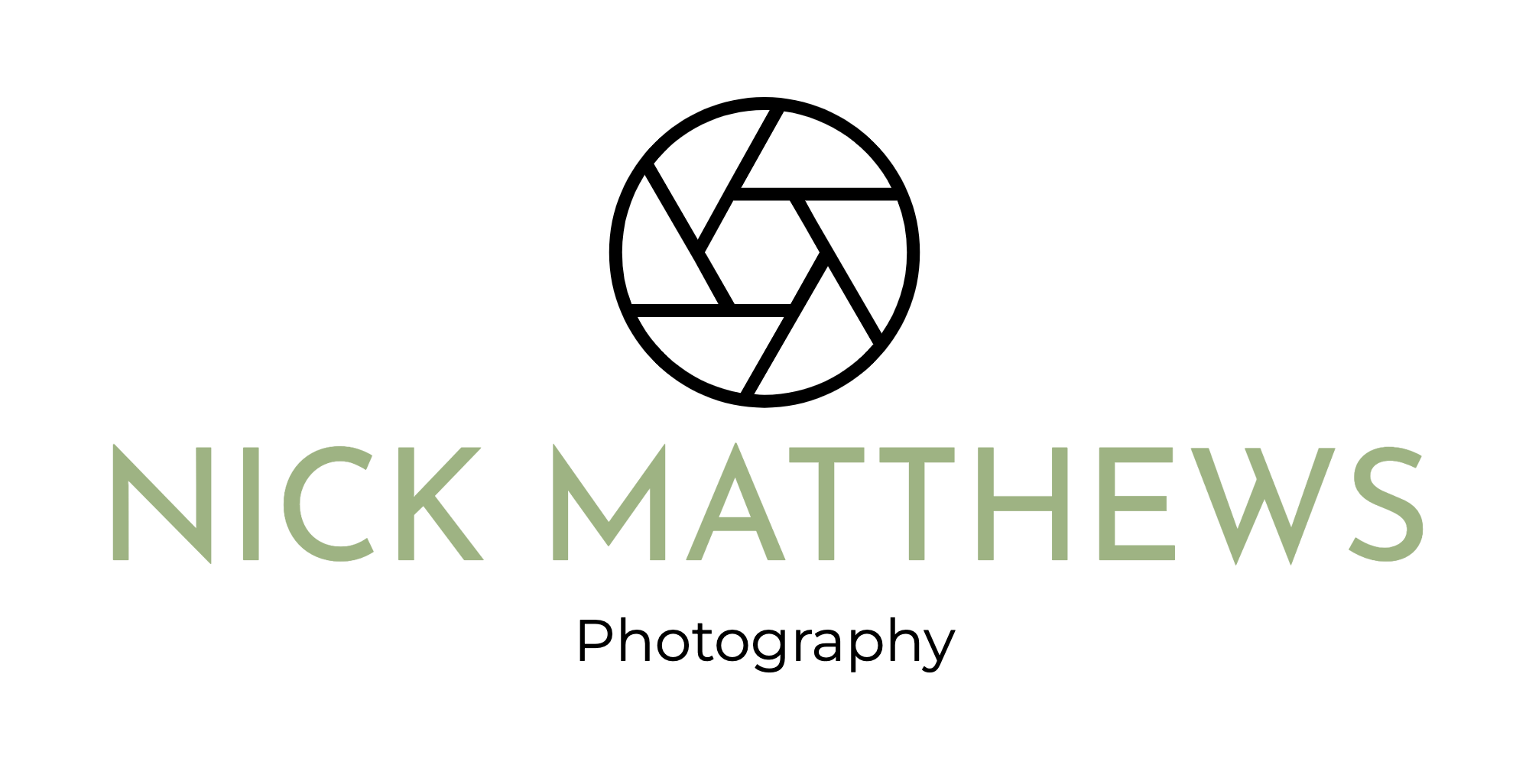Paying Homage to Photography of Robert "Bob" Carlos Clarke
Robert "Bob" Carlos Clarke was a British-Irish photographer, regarded by many as Britain’s answer to the iconic fashion photographer Helmut Newton. Whilst Clarke is best known for his erotic images of women, it is here that he uses his skill and vision to elevate chef Marco Pierre-White to a ‘god’ like status of a rock musician. Put simply, White supplied his looks, attitude and sheer brilliance as a chef, Clarke professional skill and innovative vision.
A troubled soul, Clarke committed suicide in 2006. Today many of those images, given to White, still hang in his restaurant Wheeler’s of St James, London.
Paying Homage to Robert “Bob” Carlos Clarke with Professional Chef Photography
White Heat is no ordinary cookbook by chef Marco Pierre White, published in 1990. It features black-and-white photography by Bob Carlos Clarke. White Heat changed the rules of this game and how chefs subsequently saw themselves. It is considered by many as the most influential cookbook of the modern food era.
My work was to photograph the trainee chefs at Michael Caines Academy (known as 34) which nurtures future generations of talented restaurateurs, chefs and waiters. Inspired by the book ‘White Heat’ I wanted to pay homage to this unique creative body of work.
What did Bob Clarke do?
Clarke shot the images in black and white on Polaroid Polapan. His use of this medium and his subsequent handling in print produced the distinctive ‘grain’ effect seen throughout all the images in the book. Since this film is no longer available, I used Kodak Tri-X and underexposed by two stops; then I increased the development time to heighten the grain and replicate this look.
How did this inspire me?
When I did work with a digital camera, I used Silver Efex Pro 2 in the subsequent editing to achieve a comparable effect. I subsequently created two books from the work undertaken, entitled ‘Chefs @ 34’ (RAW) and ‘Chefs @ 34’ (Utensils). Large prints, from this professional chef photography session were subsequently produced and displayed at Exeter Central Railway station for 6 months.
Photography for Michael Caine’s Academy at Exeter College - Food Photography
This case study is my photographic journey through the project and the photographic challenges it presented. Mixing a professional photographer with young trainee chefs and serving staff, whilst they are operating a fully functional restaurant for paying guests was always going to be a challenge. The whole arena was a ‘boiling pot’, literally, mentally and physically for the chefs as they trained and then, as if they did not have enough to contend with, add in a photographer was going to record their pain and triumphs!
I got the work because I had did have an advantage of a lot of previous experiences in kitchens. I know when to get out of the way! Thankfully, they quickly became used to me and ‘ignored’ me. For a photographer the overall arena is exciting, alot is happening, the ‘thrills & spills’ unfold before you. Through documentary photography, I wanted to record the experience from ‘prep to service to clean down’.
No artificial lighting was used because the space did not allow. It was also ruled that a bright flash was not conducive to health and safety in such a busy environment. So I had to work with ambient light mixed with tungsten strip lights.
It is well lit by large windows all down one side of the building. However, in the daytime, the bright sunlight became a problem as it poured in and reflected back around from the large areas of stainless steel. To overcome this, I applied architects tracing paper (similar to grease proof paper) over the windows. Whilst not restricting the light, it did diffuse the light in the manner of a large soft box. The kitchen, though large, soon became crowded with all the students.
Producing Time Lapse Photography - Kitchen Photography
The success of this chef photography work led to a stage further. Two complete sessions were recorded in time lapse photography, in colour. From these images I subsequently produced two, four minute, time lapses of 8 hours work each time. This being from preparing the food, cooking and cleaning down. These time lapse images allowed the college to show potential new students what the experience could be like.
To do this, I set up two digital cameras on tripods at each end of the whole kitchen. Using a Nikon D3 with a 14 – 24mm f2.8 lens set at 15mm wide ISO 1250 f8 & 1/125th shutter. The shutter speed I hoped was both sufficiently quick enough to arrest motion but if not, on occasions, would allow movement to be created in the shot.
























